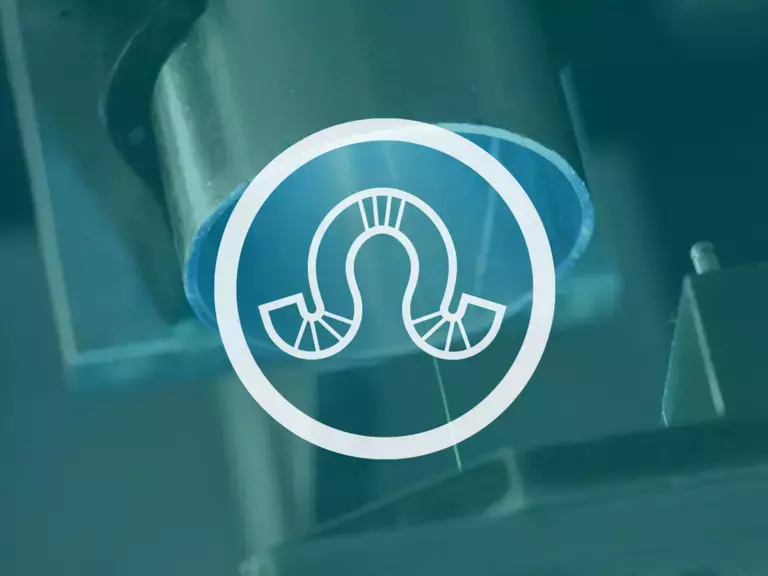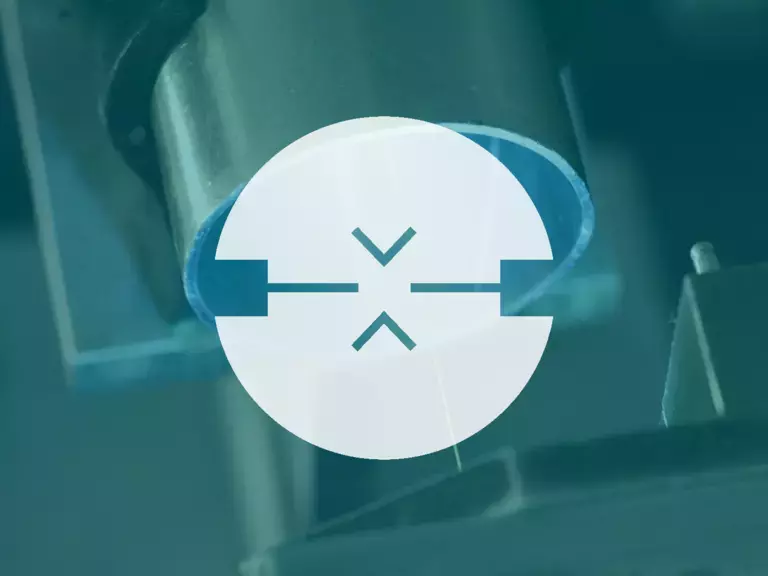Pressure Sensing for Angioplasty
Angioplasty is a surgical procedure used to clear a blockage in an artery near the heart.

The process involves surgeons guiding a catheter along a guide wire, up through the artery in your leg, through your abdominal area, through your chest and finally ending up at the heart. An impressive journey to get through the body to a specific branch of one of your arteries. Figure 1 shows a magnified section of a blockage and the route a catheter takes through the body. This is a complex process to remove a build up of material within the artery that’s limiting blood flow.
Heart surgeons will tend to remove a blockage by scraping it out, or even by using laser ablation to remove material from the area and then insert a stent, a very widely used process today (Fig. 2). In most circumstances, such procedures are as a result of surgeons targeting a single point of blockage or single pressure point area because there’s been a medical emergency and someone has gone under investigation. The procedure requires visual analysis and interpretation of the image to make an educated guess that a bulbous region of a vain is the root cause of the problem. However, it would be substantially more beneficial if the surgeon could get a local pressure reading to confirm that the point of interest is the cause of the blood flow blockage.
Bernoulli’s principle determines that if you have a mechanically limited flow or an obstruction through a pipe, you are going to have higher pressure. This equally applies to hearts and arteries, and too often results in a full blockage and subsequently, a heart attack.
Heart surgeons will tend to remove a blockage by scraping it out, or even by using laser ablation to remove material from the area and then insert a stent, a very widely used process today (Fig. 2). In most circumstances, such procedures are as a result of surgeons targeting a single point of blockage or single pressure point area because there’s been a medical emergency and someone has gone under investigation. The procedure requires visual analysis and interpretation of the image to make an educated guess that a bulbous region of a vain is the root cause of the problem. However, it would be substantially more beneficial if the surgeon could get a local pressure reading to confirm that the point of interest is the cause of the blood flow blockage.
Bernoulli’s principle determines that if you have a mechanically limited flow or an obstruction through a pipe, you are going to have higher pressure. This equally applies to hearts and arteries, and too often results in a full blockage and subsequently, a heart attack.
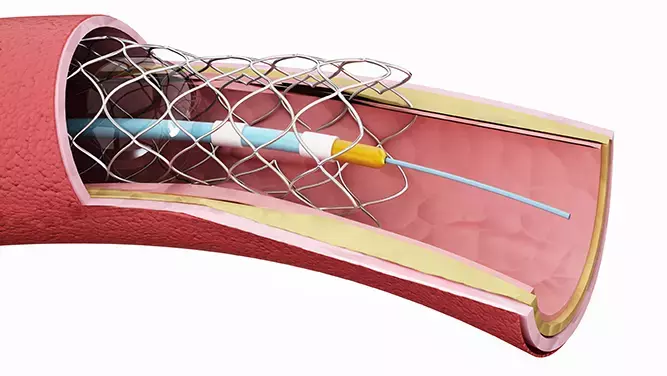
Figure 2: Showing a narrowing of the artery (beige), catheter (blue) and stent insertion.
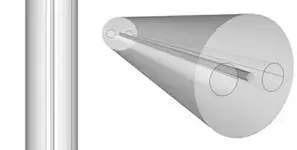
By using Fibercore’s twin hole fiber, it is possible to sense local pressure within a catheter or along a guidewire (Fig. 3). When inserted inside the body it enables the surgeon to track the pressure along that entire length of that optical fiber. Effectively you can map out a route within the body and know what the pressure is continuously along that route.
Such techniques were originally developed for the oil and gas industry to enable process monitoring during extraction processes. In fact, oil wells and the internal workings of our bodies aren’t too dissimilar, both contain varying liquid/fluid pressures and have relatively challenging deployment needs.
Figure 4 demonstrates the way this optical fiber works and is very similar to the suspension in a vehicle. If there is pressure all the way around the fiber, it will be found that pressure in the X axis will allow the fiber to compress and deform where those holes are, similar to a car’s suspension, it’s not passing any forces through to the center of the glass.
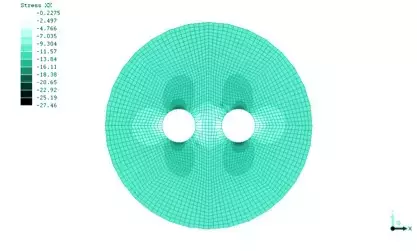
Figure 4: Twin hole fiber showing pressure through the X axis.
However, in the Y-direction, the forces are transferred through the hard cladding and directly to the core, create something that is known as birefringence. When combined with Fiber Bragg Gratings (FBG’s), this allows you to observe the amount of pressure that is being induced at the location of that FBG. And so you can address the pressure in a particular location. It is possible to therefore feed this data back to the surgeon so they can understand the real pressure dynamics within an artery and make a more informed decision when choosing to clear a blockage.
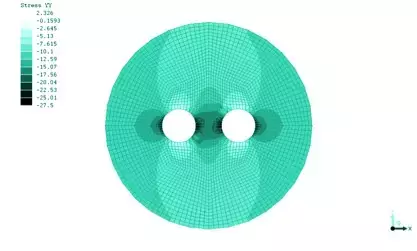
Figure 5: Twin hole fiber showing pressure through the X axis.
Figure 6 below, shows a pressure sensing fiber that is used in industry today. There are two cylindrical shaped holes in the fiber, either side of the core, with the glass cladding. Such fiber designs have been iterated over the years, proved and optimised for sensitivity. So depending on the exact application, different fiber designs may be required.
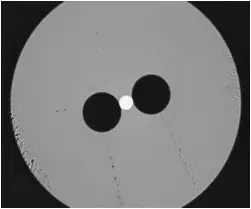
Figure 6: End face of a twin hole fiber.
Related Products
This fiber is a custom designed product, optimized for the customer’s specific needs.
Fiber Bragg gratings can be written into any of our fibers, including the twin hole fiber, to enable localized pressure, temperature and strain sensing capabilities.
We can provide fibers assembled into sub-components or assemblies. This may include pre-stripped and cleaved ends or more complex stripped, cleaved, spliced, connectorized and mounted assemblies.

